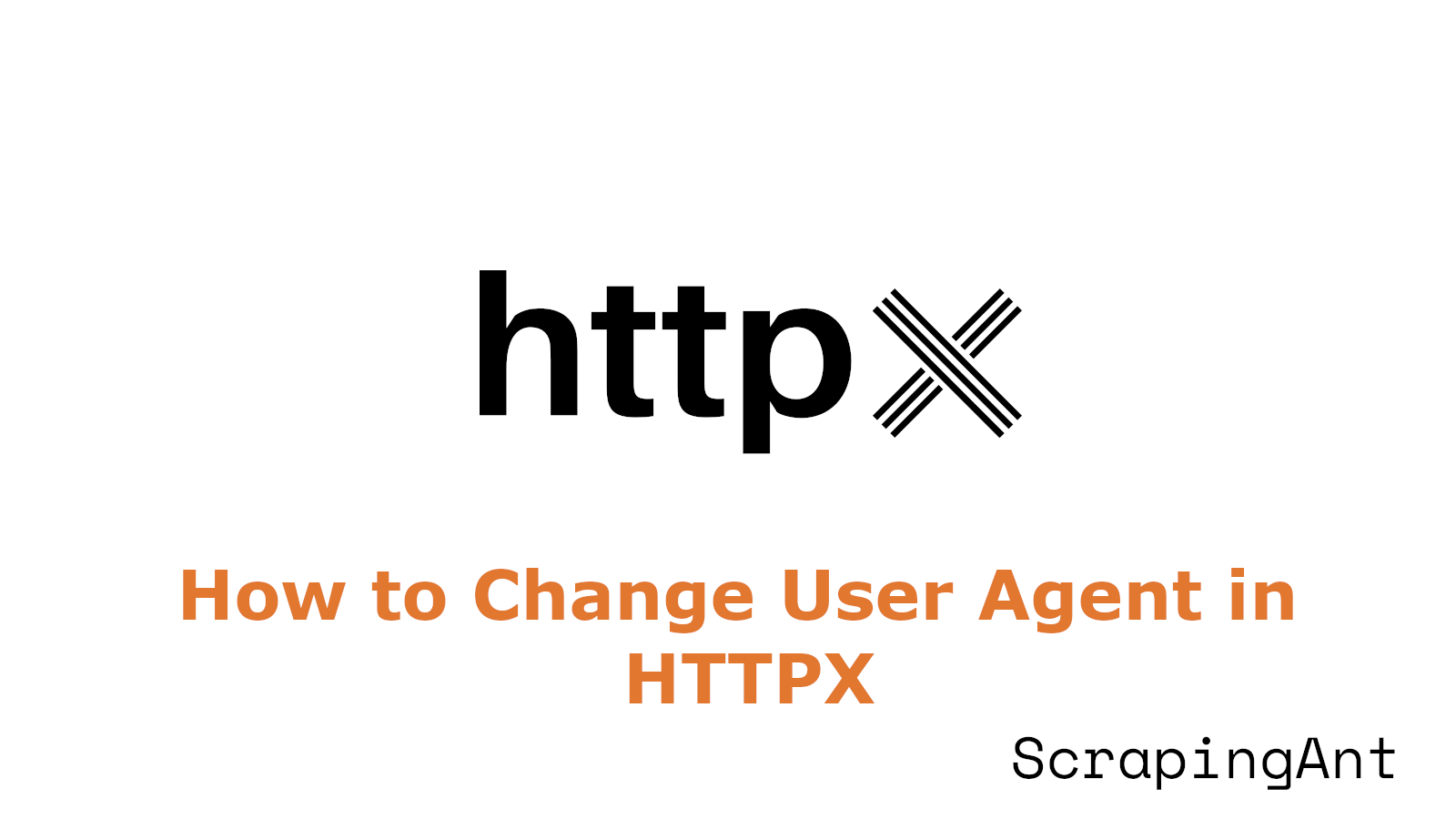
HTTPX, a modern HTTP client for Python, offers robust capabilities for handling user agents, which play a vital role in how web requests are identified and processed. This comprehensive guide explores the various methods and best practices for implementing and managing user agents in HTTPX applications. User agents, which identify the client software making requests to web servers, are essential for maintaining transparency and avoiding potential blocking mechanisms. The proper implementation of user agents can significantly impact the success rate of web requests, particularly in scenarios involving web scraping or high-volume API interactions. This research delves into various implementation strategies, from basic configuration to advanced rotation techniques, providing developers with the knowledge needed to effectively manage user agents in their HTTPX applications.
Video Tutorial
User Agent Implementation Methods and Best Practices in HTTPX
Basic User Agent Configuration
The fundamental approach to implementing user agents in HTTPX involves setting up headers with custom user agent strings. This method provides the foundation for more advanced implementations:
headers = {
"User-Agent": "Mozilla/5.0 (Windows NT 10.0; Win64; x64) AppleWebKit/537.36 (KHTML, like Gecko) Chrome/115.0.0.0 Safari/537.36"
}
with httpx.Client() as client:
response = client.get('https://example.com', headers=headers)
This configuration helps prevent default HTTPX identification, which typically appears as 'httpx/0.19.0' and can trigger anti-scraping measures.
Advanced Session Management with User Agents
Session management in HTTPX offers a more sophisticated approach to handling user agents:
client = httpx.Client(headers={
"User-Agent": "Mozilla/5.0 (Macintosh; Intel Mac OS X 10.15) AppleWebKit/537.36"
})
try:
for url in urls:
response = client.get(url)
finally:
client.close()
This method provides several advantages:
- Maintains consistent user agent across multiple requests
- Reduces overhead by reusing connections
- Automatically handles connection pooling
- Provides better memory management through proper client closure
Dynamic User Agent Rotation Strategies
Implementing dynamic user agent rotation helps prevent detection and blocking:
import random
user_agents = [
"Mozilla/5.0 (Windows NT 10.0; Win64; x64) Chrome/115.0.0.0",
"Mozilla/5.0 (Macintosh; Intel Mac OS X 10.15) Firefox/113.0",
"Mozilla/5.0 (X11; Linux x86_64) Chrome/113.0.0.0"
]
def get_random_ua():
return {"User-Agent": random.choice(user_agents)}
async with httpx.AsyncClient() as client:
response = await client.get(url, headers=get_random_ua())
Key considerations for rotation:
- Implement weighted randomization based on browser popularity
- Maintain a diverse pool of user agents
- Update user agent strings regularly to include newer browser versions
- Consider geographic distribution of browser usage
Asynchronous User Agent Implementation
HTTPX's async support enables efficient handling of user agents in high-throughput scenarios:
async def fetch_with_ua(urls):
async with httpx.AsyncClient() as client:
tasks = []
for url in urls:
headers = get_random_ua()
tasks.append(client.get(url, headers=headers))
responses = await asyncio.gather(*tasks)
return responses
Benefits of async implementation:
- Reduced latency when making multiple requests
- Better resource utilization
- Improved throughput for large-scale scraping
- Efficient handling of connection pools
Error Handling and Retry Logic
Robust error handling is crucial when working with user agents in HTTPX:
import tenacity
@tenacity.retry(
stop=tenacity.stop_after_attempt(3),
wait=tenacity.wait_exponential(multiplier=1, min=4, max=10)
)
async def fetch_with_retry(url, client):
headers = get_random_ua()
try:
response = await client.get(url, headers=headers)
response.raise_for_status()
return response
except httpx.HTTPStatusError as e:
if e.response.status_code == 429: # Too Many Requests
# Implement user agent rotation on rate limit
headers = get_random_ua()
raise
except httpx.RequestError:
# Handle connection errors
raise
Key error handling considerations:
- Implement exponential backoff for retries
- Rotate user agents on rate limiting
- Handle connection timeouts appropriately
- Log and monitor user agent performance
- Implement circuit breakers for failing endpoints
The implementation includes:
- Automatic retries with exponential backoff
- Status code-specific handling
- User agent rotation on rate limiting
- Connection error management
- Proper exception handling and logging
These implementations provide a comprehensive approach to managing user agents in HTTPX, ensuring reliable and efficient web scraping or API interactions while maintaining a low profile and avoiding detection.
Conclusion
The implementation of user agents in HTTPX represents a critical aspect of modern web development and data collection strategies. Through the examination of various implementation methods, from basic configurations to sophisticated rotation mechanisms, it becomes evident that a well-planned user agent strategy is essential for successful web interactions. The combination of proper session management, dynamic rotation, and robust error handling creates a resilient system capable of handling diverse web scraping and API interaction scenarios. As web servers become increasingly sophisticated in detecting and blocking automated requests, the importance of implementing these best practices cannot be overstated. The asynchronous capabilities of HTTPX, coupled with thoughtful user agent management, provide developers with the tools necessary to build efficient, scalable, and reliable web interaction systems. Moving forward, staying current with user agent patterns and continuously adapting implementation strategies will remain crucial for maintaining successful web operations.